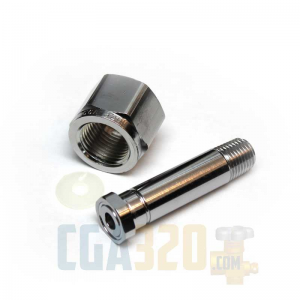- Joined
- Sep 7, 2019
- Messages
- 674
Hey, this may be the best forum to ask this question.
Does anyone know where I can buy one single gallon of ISO 32 way oil? It's what the Atlas shaper calls for. I keep finding it in 5 gallon buckets, but I think that would be a multi lifetime supply for me and I don't wanna pay almost $200.
I've tried Grainger, MSC, McMaster-Carr, eBay, Fastenal and any others I could think of. No one has a single gallon of ISO 32 way oil.
Does anyone know where I can buy one single gallon of ISO 32 way oil? It's what the Atlas shaper calls for. I keep finding it in 5 gallon buckets, but I think that would be a multi lifetime supply for me and I don't wanna pay almost $200.
I've tried Grainger, MSC, McMaster-Carr, eBay, Fastenal and any others I could think of. No one has a single gallon of ISO 32 way oil.



 Looks pretty good.
Looks pretty good.